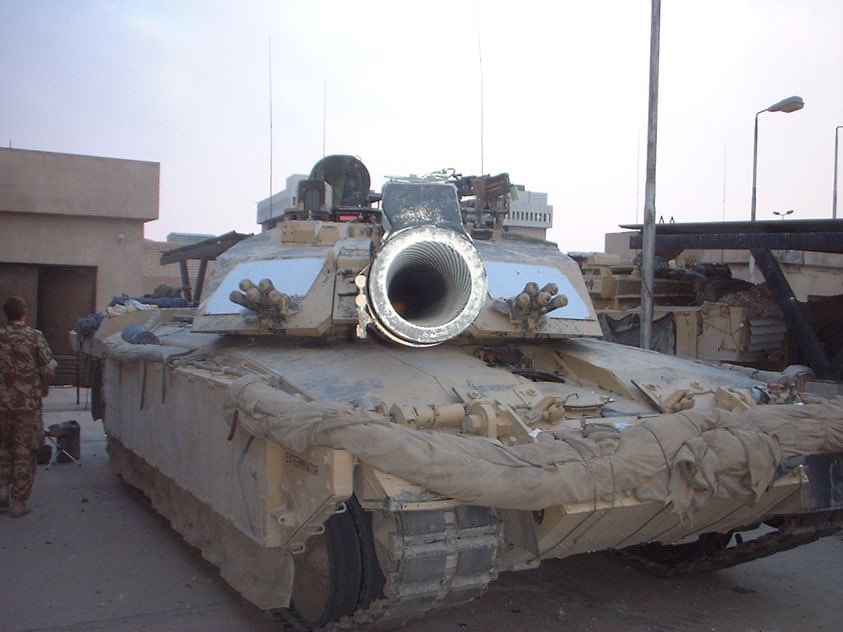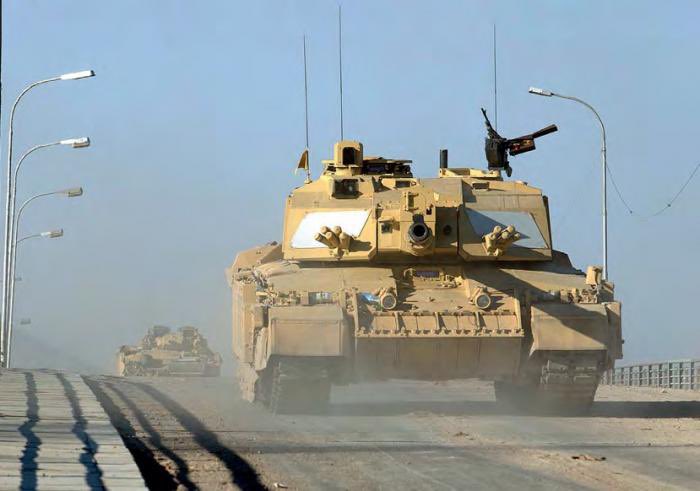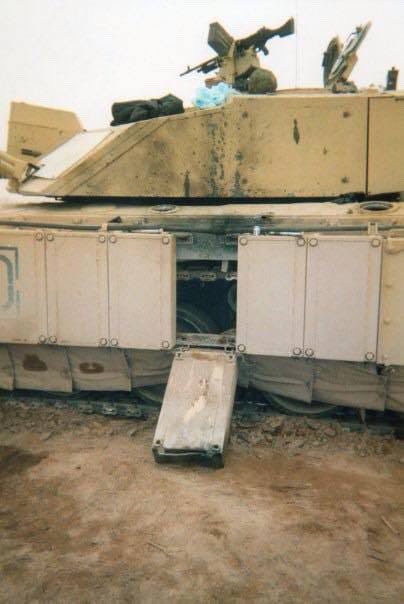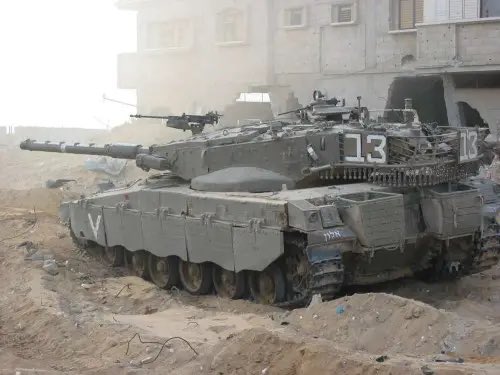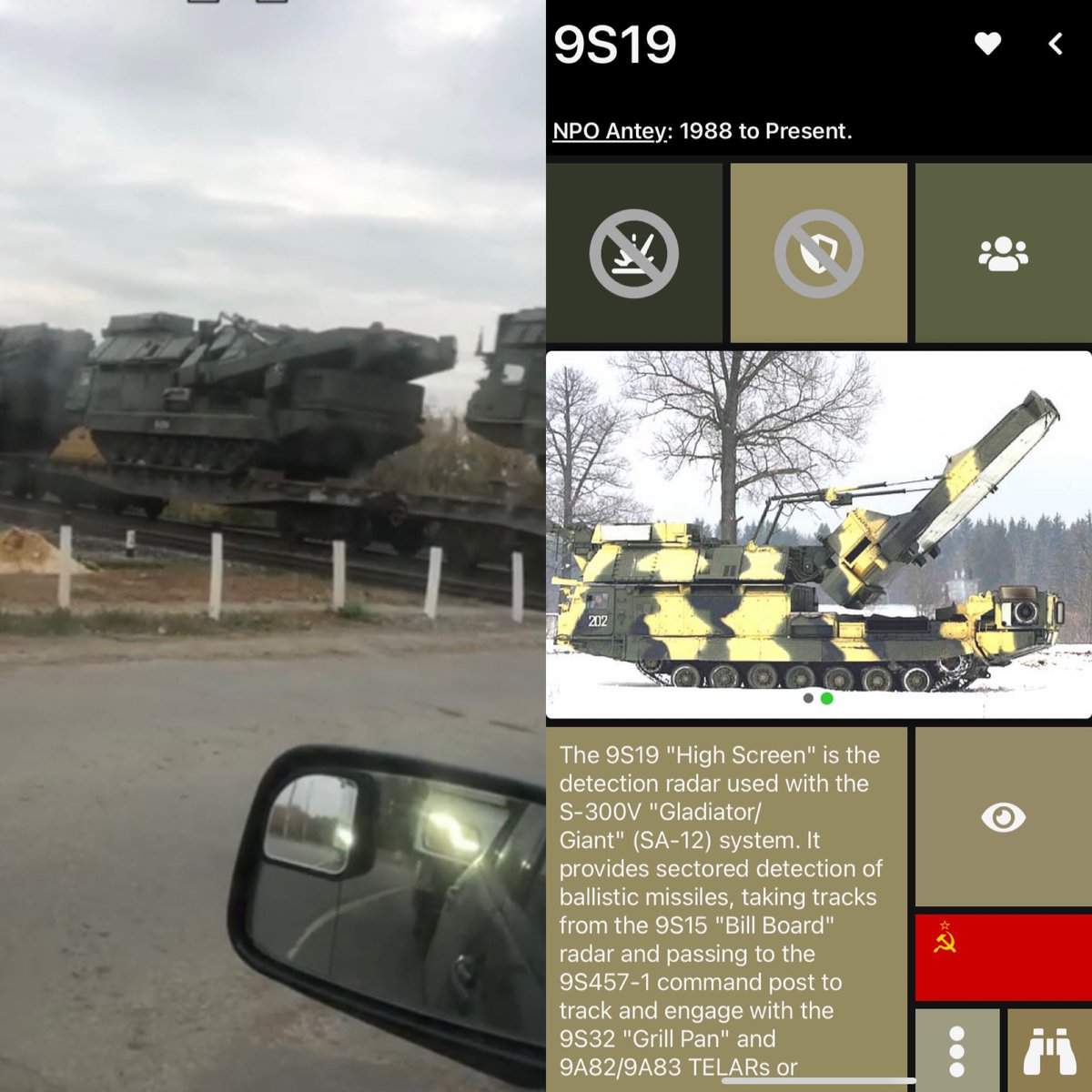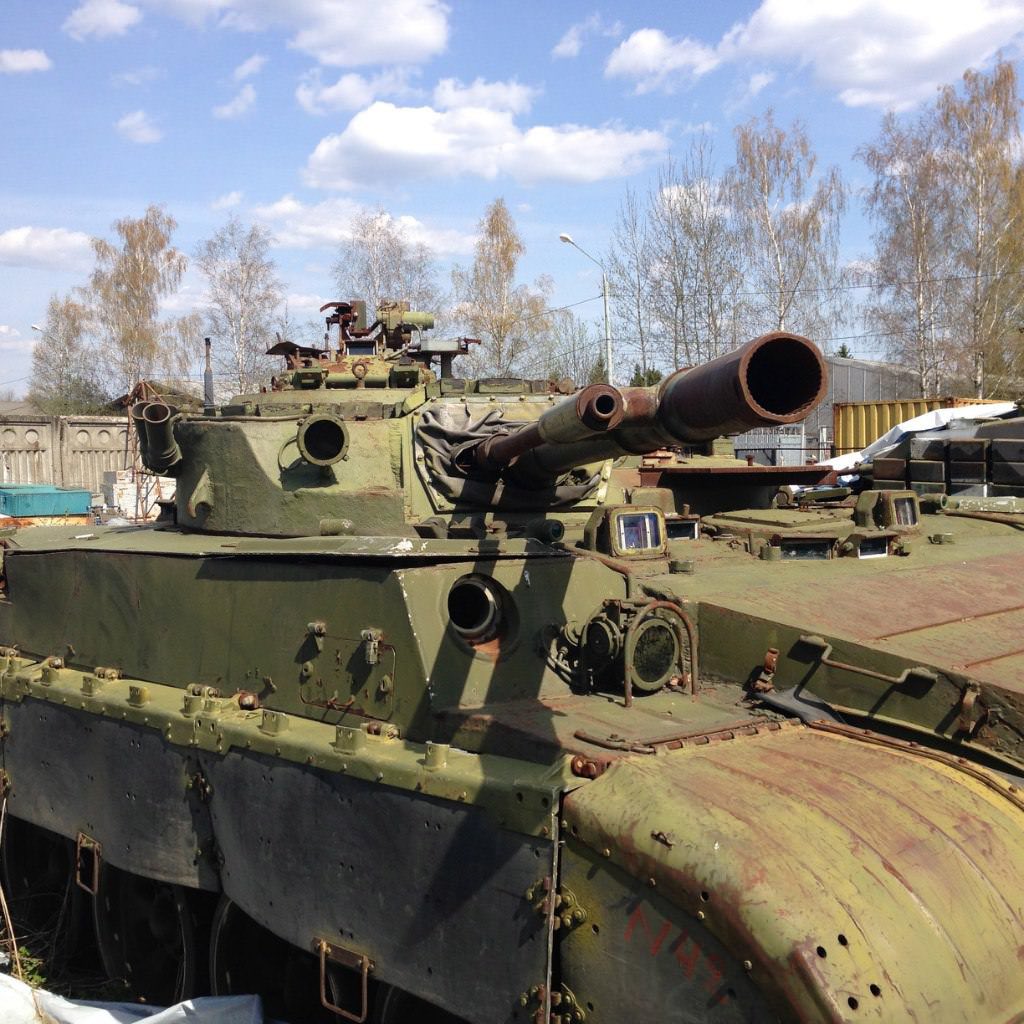1/3 Russia hasn’t deployed any APFSDS rounds stronger than the 3BM-42 Mango round to Ukraine, this round being made in 1986. It’s understandable as to why they would do this given that Ukraine doesn’t really have anything that the 3BM-42 can’t deal with… 

2/3 so it will be interesting to see that with the pledge of CR2’s if the Russians begin to field much larger APFSDS rounds, namely the 3BM-59 Svinets-1 and 3BM-60 Svinets-2 as these have a much longer rod giving them more penetrating power. 

3/3 (penetration stats below in extra tweet) The 3BM-42 Mango was originally designed to penetrate early versions of Chobham fitted to the M1 Abrams and CR1.
Penetration stats as follows
3BM-42 Mango fired at 2000m against a 60 degree sloped plate will penetrate 230mm.
Penetration stats as follows
3BM-42 Mango fired at 2000m against a 60 degree sloped plate will penetrate 230mm.
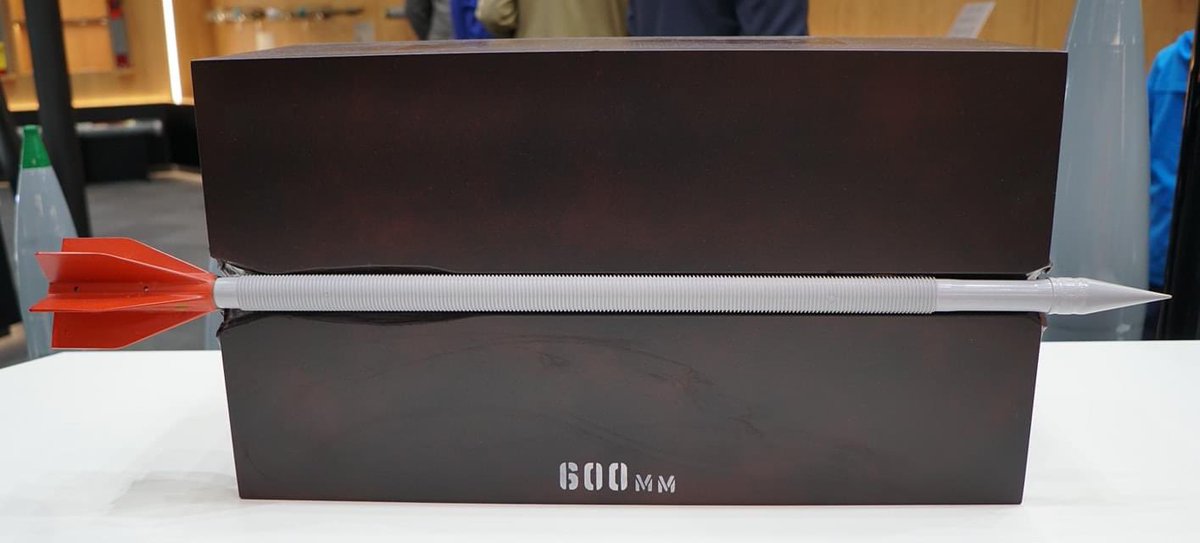
3BM-59 Svinets-1 fired at 2000m against a 60 degree sloped plate will penetrate 640mm.
3BM-60 Svinets-2 fired at 2000m against a 60 degree sloped plate will penetrate 600mm.
3BM-60 Svinets-2 fired at 2000m against a 60 degree sloped plate will penetrate 600mm.

It’s worth nothing that only the tanks with the 2A46M-4/5 can actually have these rounds fitted as the autoloader size allows it. List below.
T-72B3
T-80BVM
Some T-90A’s
T-90M’s
T-72B3
T-80BVM
Some T-90A’s
T-90M’s

• • •
Missing some Tweet in this thread? You can try to
force a refresh


